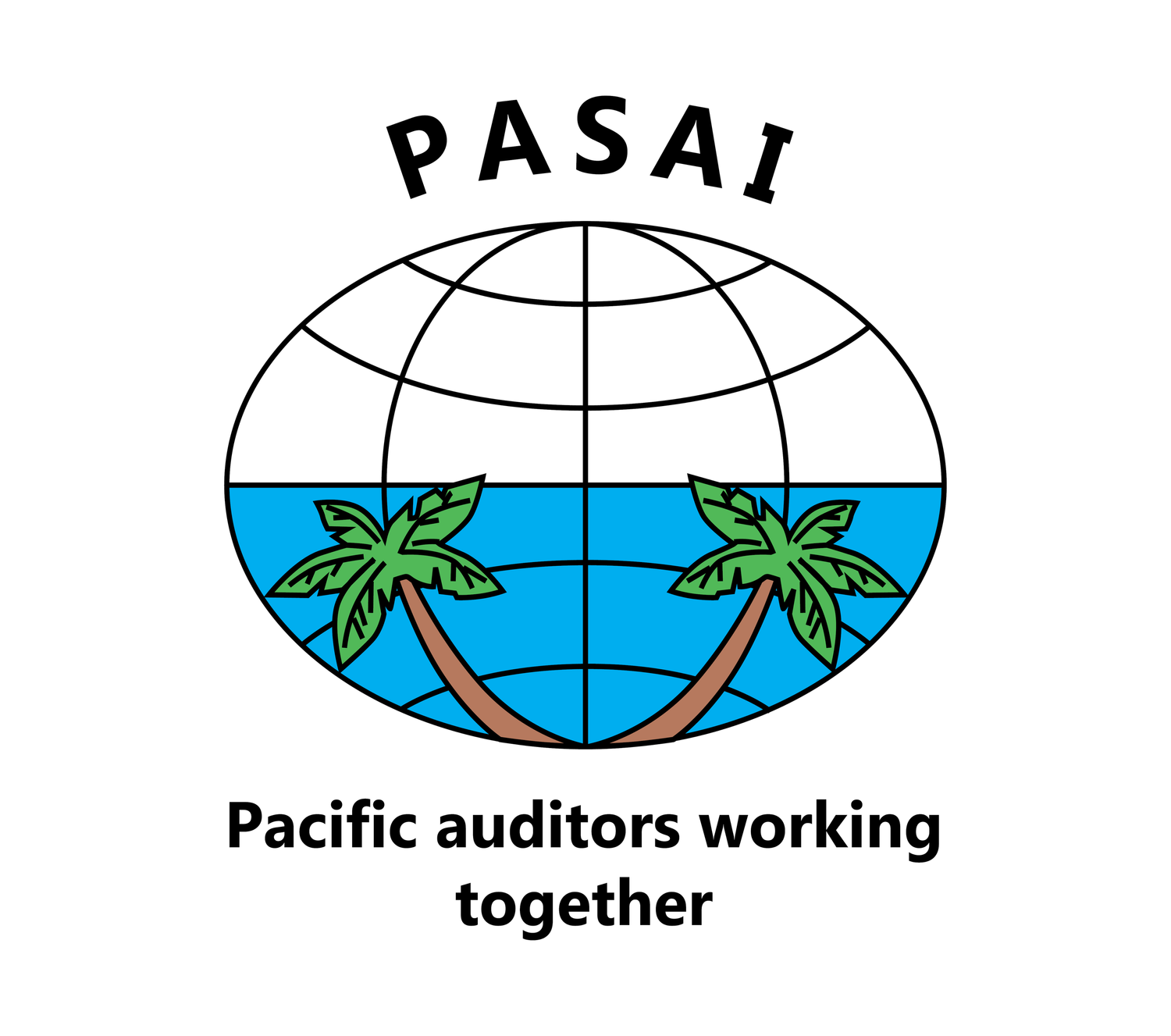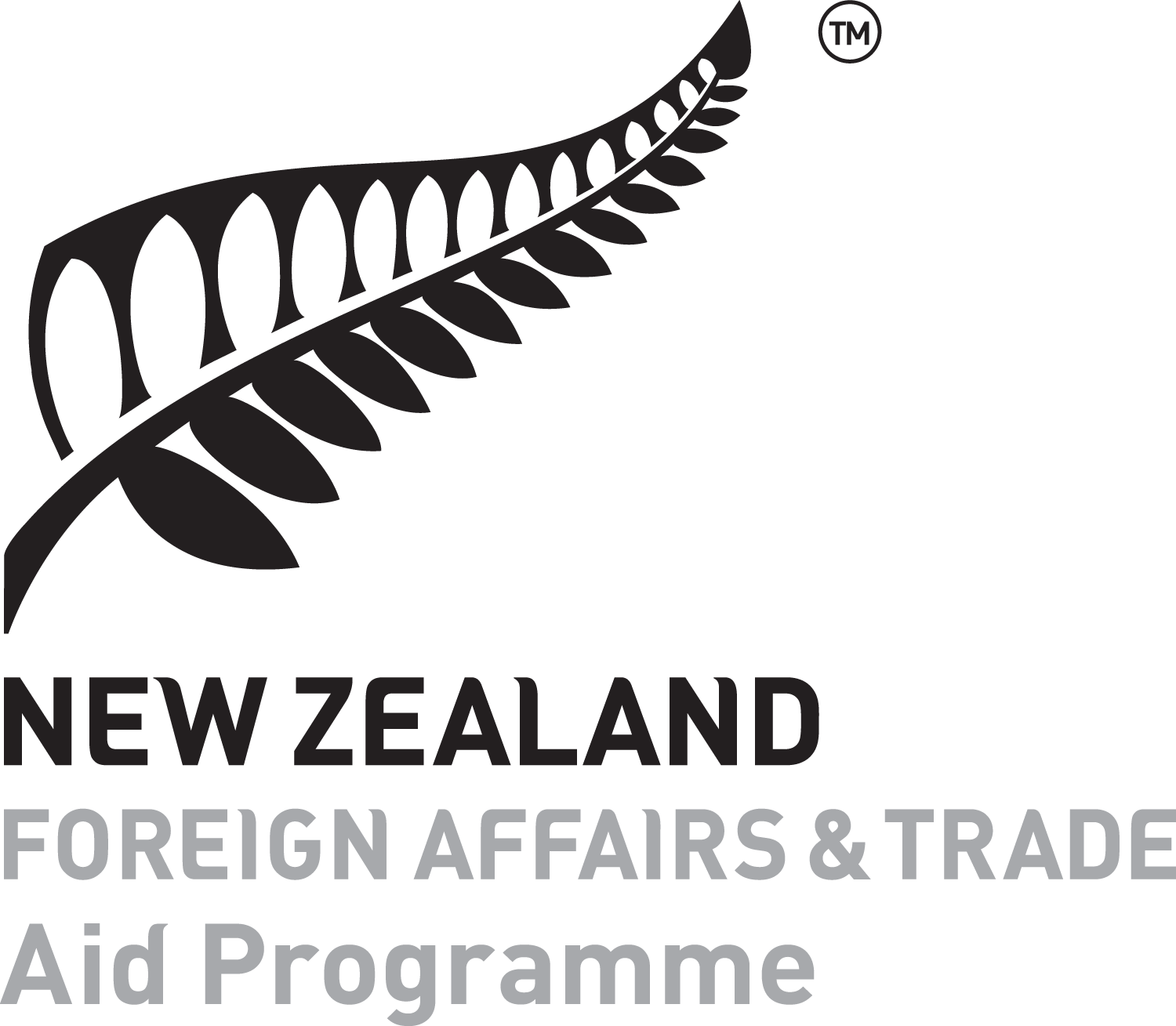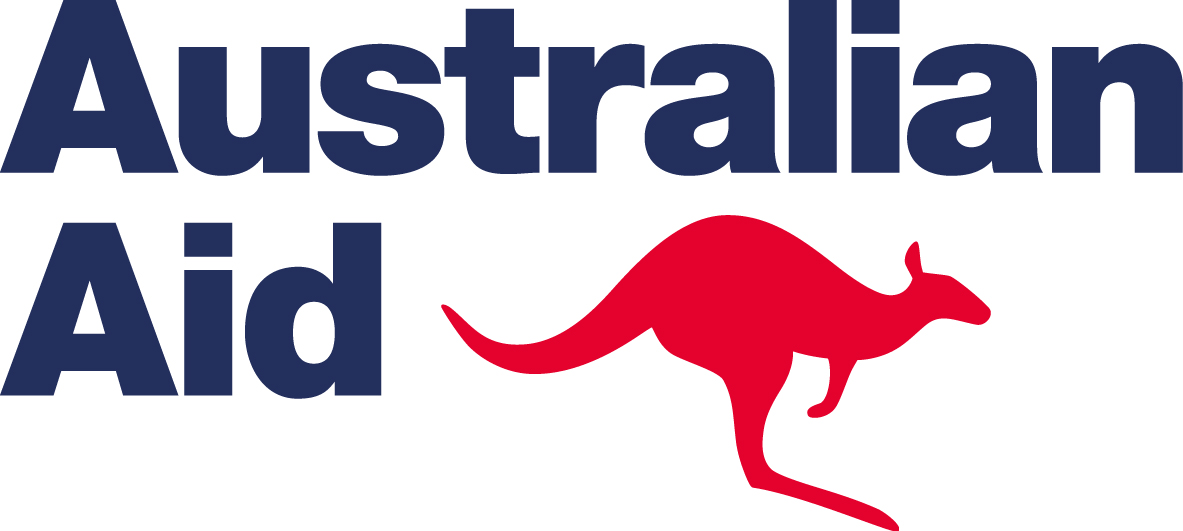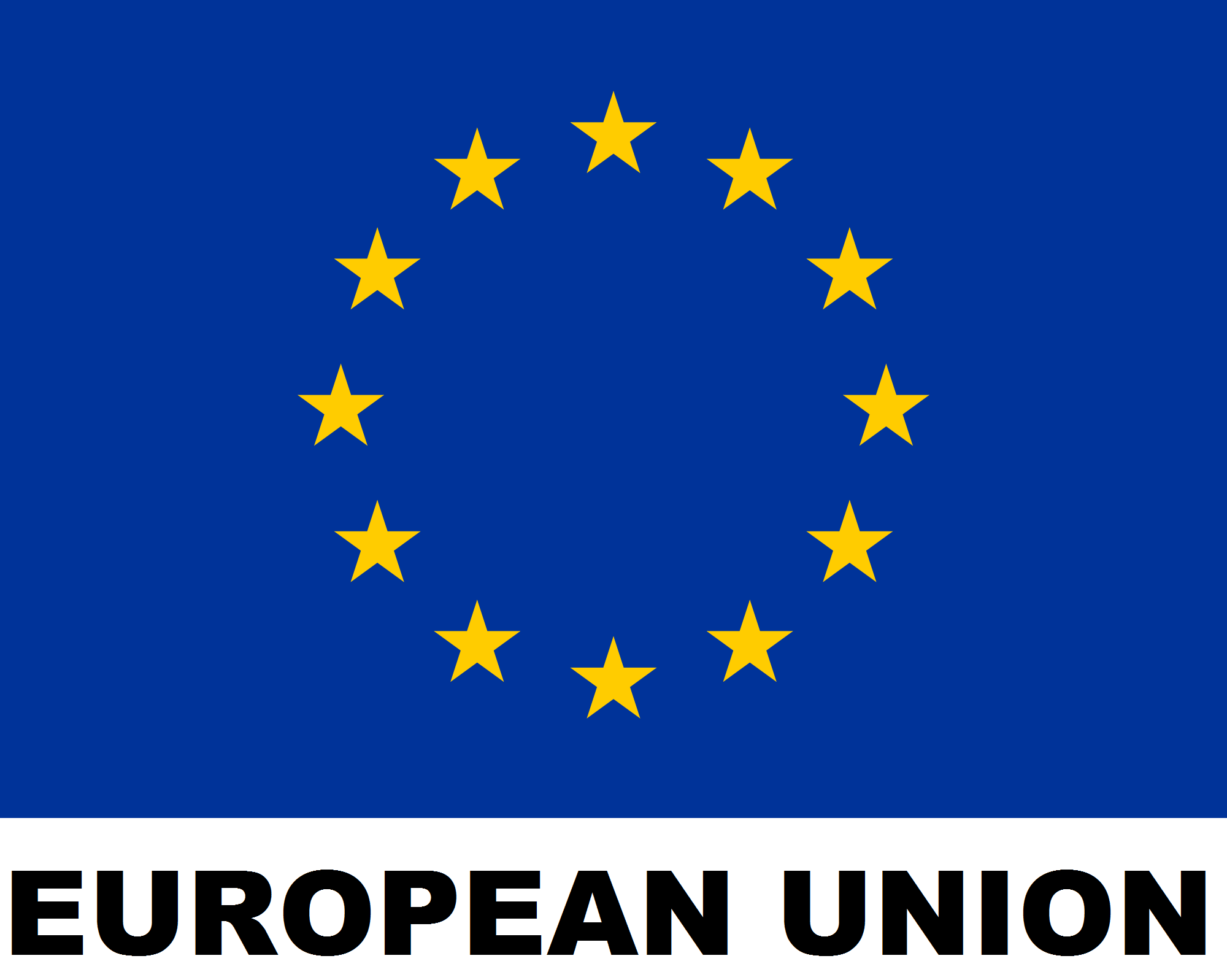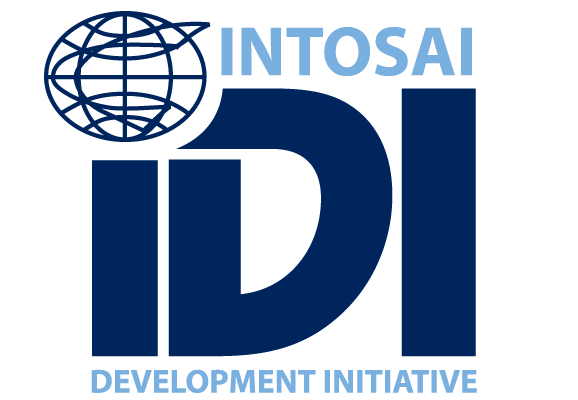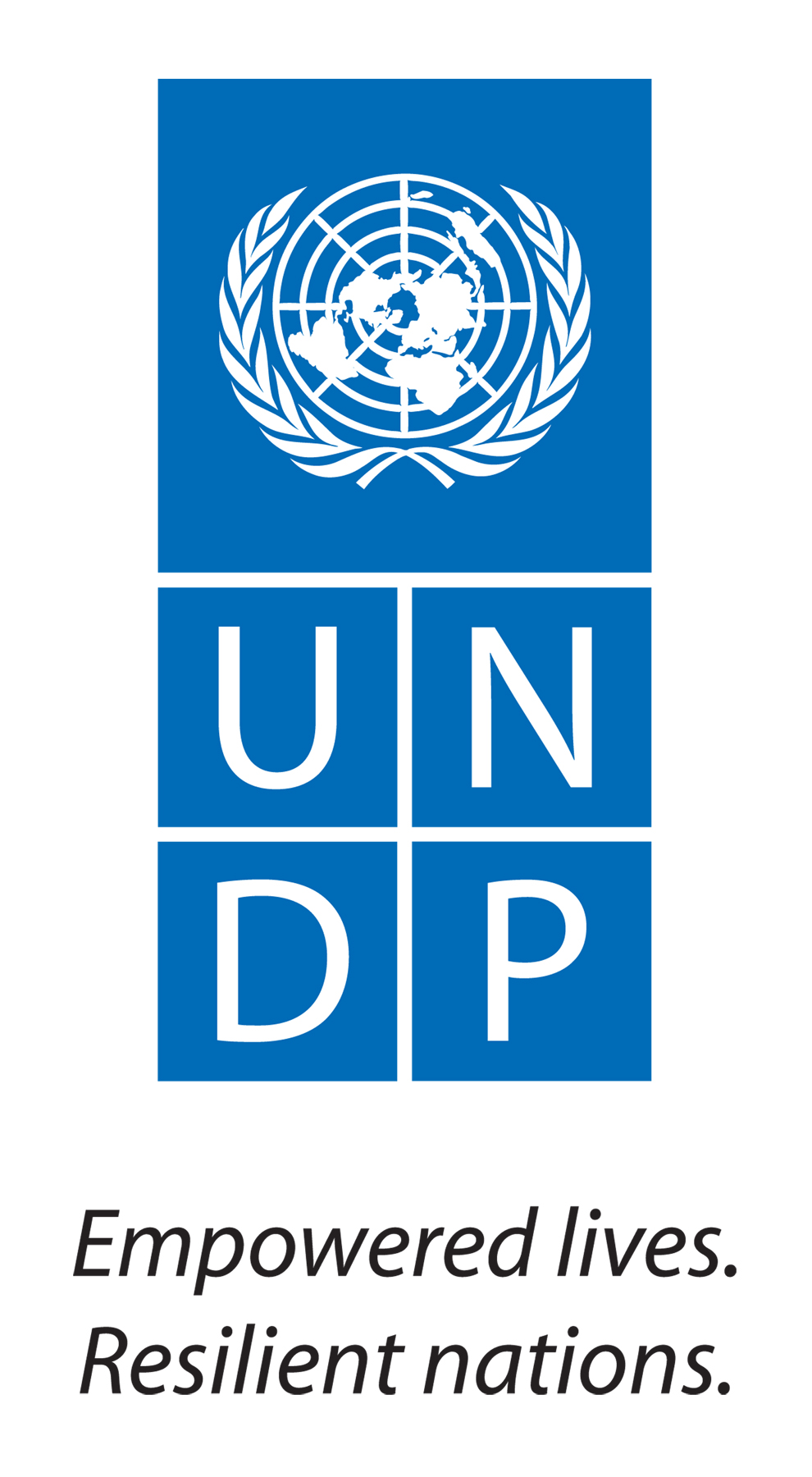Self-assessing independence
Self-assessing the extent to which your SAI is, or is not, independent will allow you to identify any current barriers to independence, with the aim of removing those barriers through legislative or practical changes. It will also allow you to benchmark your current state of independence against other SAIs.
There are two tools available that allow you to self-assess your current independence status:
The SAI Performance Measurement Framework (SAI PMF)
The SAI PMF is a framework developed by the INTOSAI Working Group on the value and benefits of SAIs. It is intended to be used to establish how well a SAI performs compared to international good practices, as well as to identify its strengths and weaknesses.
The SAI PMF has a broad coverage and includes matters such as SAI internal governance and ethics, audit quality and reporting, financial management, human resources and training, and communication and stakeholder management.
It also includes a section on SAI independence (Domain A) which seeks to assess seven dimensions of a SAI's independence and mandate. These are:
appropriate and effective constitutional framework;
financial independence and autonomy;
organisational independence and autonomy;
independence of the Head of the SAI and its officials;
sufficiently broad mandate;
access to information; and
the SAI’s right and obligation to report.
These principles are the same as seven of the eight INTOSAI pillars, but with different numbering.
The SAI PMF framework (Domain C) also assesses the SAI’s system and processes for following-up audit recommendations (financial, compliance and performance). This helps to assess whether the SAI is meeting INTOSAI Pillar 7 – The existence of effective follow-up mechanisms on SAI recommendations.
A SAI may want to use Domain A (pages 46–54) to assess its independence and legal framework and Domain C (pages 76–77, 97, 112, 126 and following) to assess its follow-up procedures.
Victorian Auditor General’s Office (VAGO) Methodology for assessing SAI independence
VAGO commissioned an independent researcher to assess all Australian and New Zealand Auditor General (public sector audit) legislation against the INTOSAI Principles of Independence (INTOSAI-P 10).
The broad aims of the assessment were to add objectivity to the VAGO’s bid for reform to its legislation by using an external framework and an external assessor to assess the relevant state of SAI independence in Australia and New Zealand. It had the added benefit of providing Australian and New Zealand SAIs with a standard framework and common language that could be used to discuss concerns about independence and our legislative reforms.
VAGO self-assessment methodology and instructions
VAGO presentation at 2015 Congress
Independence of Auditors-General – A 2020 update of a survey of Australian and New Zealand legislation commissioned by the Australasian Council of Auditors General

